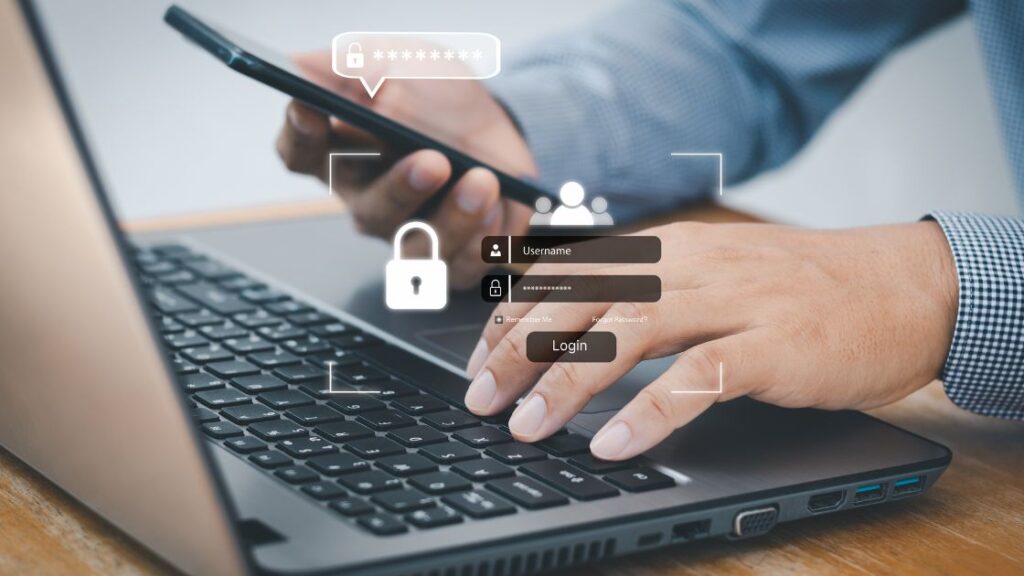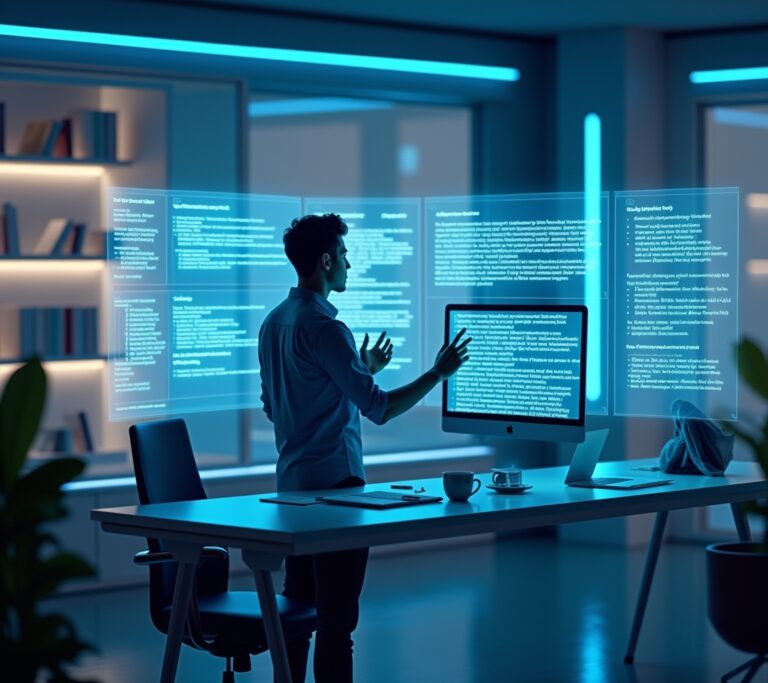Advertisements
It started innocently enough—just another viral video on my feed. The person looked real, the voice sounded authentic, and the message seemed urgent. But something didn’t sit right. After digging deeper, I realized it was a deepfake. That moment changed how I view the internet forever. As deepfake technology becomes more accessible and convincing in 2025, I’ve made it my mission to understand this threat and learn how to stay ahead of it.
What Are Deepfakes, and Why Should You Care?

If you’re not familiar, deepfakes are AI-generated images, videos, or voices designed to mimic real people. Using machine learning techniques—especially something called GANs (generative adversarial networks)—these digital creations can replicate anyone with eerie accuracy.
At first, I thought deepfakes were just a tech novelty. Then I realized they were being used to spread political propaganda, commit fraud, and manipulate public opinion. That’s when I understood the risk wasn’t theoretical—it was personal.
The Real-World Risks of Deepfakes
I didn’t expect to be personally affected by deepfakes. But that changed when a close friend received what looked like a video call from her sister. It was her face, her voice, even her usual expressions. The message? “Send money fast—I’m in trouble.” Luckily, she double-checked before sending anything. It turned out to be a deepfake scam.
These types of attacks are rising. Scammers now use AI tools to generate realistic fake content that bypasses our basic instincts and even our trained skepticism. It’s not just about fake news anymore—it’s about impersonation, theft, and psychological manipulation.
How I Stay Safe From Deepfakes (And How You Can Too)
After that close call, I decided to take deepfake safety seriously. I’ve researched, tested tools, and changed the way I interact with digital content. Here’s what has worked for me—and why I recommend you do the same.
Always Verify Before You Trust
Now, whenever I see a shocking video or a voice message that seems “off,” I stop and verify. I ask myself: Is this from a credible source? Has it been reported by multiple outlets? Was the person tagged or mentioned in other real-time communications?
When in doubt, I compare the content with known authentic material from the person. Consistency is key. Deepfakes often have subtle flaws—lighting mismatches, awkward blinking, or strange background noise.
Use Digital Verification Tools
To take things a step further, I started using browser plugins like InVID and apps like Microsoft’s Video Authenticator. These tools analyze metadata, frame details, and audio fingerprints to detect tampering. It might sound complicated, but trust me—it’s as simple as dragging and dropping a video into a tool.
Additionally, reverse image search with Google or TinEye has helped me spot recycled or edited images posing as current events.
Strengthen Your Digital Hygiene
Just like we lock our doors at night, we need to secure our digital presence. I’ve limited the amount of personal data I share online. I’ve tightened privacy settings across social media and removed public access to old videos and voice recordings.
The less data out there, the harder it is for someone to train a deepfake model on you.
Educate Friends and Family
Deepfake scams often target the people we care about. So, I’ve taken the time to educate my family, especially the older members who are more likely to fall for convincing videos or calls.
We now have a family “safe word” system. If someone sends a message asking for help or money, we verify it with a code word only we know. This may sound extreme—but it gives us peace of mind.
Push for Verification Standards
We can’t do it all alone. That’s why I’ve started supporting platforms and companies that advocate for content authentication. Some are already embedding digital watermarks and blockchain records in verified content. While this won’t stop all deepfakes, it creates a layer of accountability.
As users, we should push for laws and tools that promote transparency. I now pay closer attention to what platforms are doing to combat deepfakes—and I choose where to spend my time and data accordingly.
How Deepfakes May Evolve (And How I’m Preparing)

AI is evolving faster than most of us can keep up with. I’ve noticed that deepfakes in 2025 are harder to detect than ever. But I also believe that staying informed is our best defense.
Experts predict that real-time deepfakes—like live video impersonations—will become more common. That’s terrifying, but it’s also a wake-up call to adapt. I’ve started treating digital media the same way I treat suspicious links or spam emails—with caution and context.
Staying Smart, Not Scared
At the end of the day, I don’t want to live in fear. Instead, I want to live wisely. Deepfakes are a new frontier in digital deception, but that doesn’t mean we’re powerless. By learning to verify, using detection tools, limiting our data exposure, and educating others, we can create a safer digital world for ourselves and those we care about.
Technology doesn’t have to be the enemy—as long as we keep asking questions and stay alert.
If this post helped you think twice about what you see online, I encourage you to stay tuned to Tech Digest for more digital safety insights and future-forward tips that actually make a difference.




[…] tech and how it impacts your everyday life, stay tuned here on Tech Digest. I’ll be sharing more deep dives like this very […]
[…] feature a CEO authorizing a funds transfer. It was fake—but incredibly convincing. Criminals use deepfake tech to impersonate voices and faces for scams or […]
[…] falling for a fake video on social media last year, I started paying closer attention to digital content authenticity. That’s where blockchain steps […]